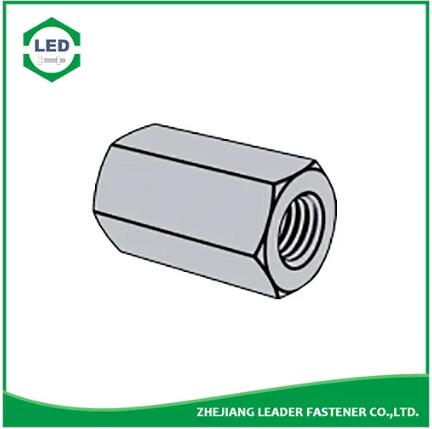What are the key dimensions and tolerances specified for rod coupling nuts in this standard?
2023-10-17
The key dimensions and tolerances specified for rod coupling nuts in ANSI B18.2.2 may vary depending on the specific size and thread configuration of the nut. However, I can provide you with a general overview of the typical dimensions and tolerances you might find in this standard:
1. Thread Size and Pitch: ANSI B18.2.2 will specify the thread size (e.g., nominal diameter) and the thread pitch (threads per inch or millimeter) for the rod coupling nut. These are critical dimensions to ensure compatibility with the threaded rods they are intended to join.
2. Overall Length (OAL): This dimension represents the total length of the rod coupling nut from one end to the other. It is usually measured in inches or millimeters.
3. Overall Diameter (OD): The overall diameter of the nut is the outer diameter, including the threads. This dimension is essential for fitting the nut into the desired application.
4. Nut Width: The width of the nut, measured across the flats or wrench flats, may be specified in the standard. This dimension is critical for tightening the nut using a wrench or other tools.
5. Thread Engagement Length: ANSI B18.2.2 may specify the minimum thread engagement length required for the nut to ensure a secure connection with the threaded rods.
6. Thread Tolerances: The standard will define the thread tolerances, including the maximum and minimum allowable thread dimensions, thread form, and other thread-related specifications. This ensures that the threads of the nut match those of the threaded rods.
7. Material and Hardness: The standard may specify the materials from which rod coupling nuts can be manufactured and the required hardness levels to meet specific performance criteria.
8. Markings: ANSI B18.2.2 might include requirements for markings or identification on the nut, such as grade markings, manufacturer's markings, or other relevant information.
It's important to note that these dimensions and tolerances can vary depending on the specific size, thread type (e.g., UNC, UNF, metric), and grade of the rod coupling nut. Therefore, it's crucial to refer to the specific requirements provided in the standard for the particular nut you are interested in to ensure compliance and proper performance in your application.



